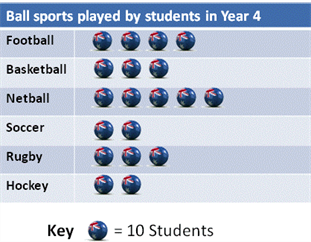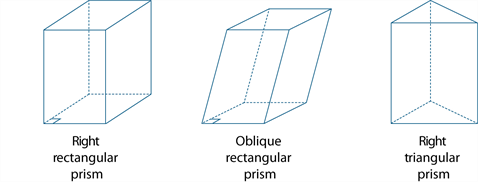The perimeter of a plane figure is the length of its boundary.
the term used to refer to the ability to identify the relationships between letters and sounds when reading and spelling
A picture graph is a statistical graph for organising and displaying categorical data.

A population is the complete set of individuals, objects, places, etc, that we want information about.
A census is an attempt to collect information about the whole population.
meaningful elements (morphemes) added to the beginning of words to change their meaning (for example, 'un' to 'happy' to make 'unhappy')
typically consist of a preposition followed by a noun group/phrase. Prepositional phrases occur with a range of functions, including: adverbial in clause structure (for example, 'on the train' in 'We met on the train.'); modifier in noun group/phrase structure (for example, 'with two children' in 'a couple with two children'); and modifier in adjective group/phrase structure (for example, 'on golf' in 'keen on golf').
A prism is a convex polyhedron that has two congruent and parallel faces and all its remaining faces are parallelograms.
A right prism is a convex polyhedron that has two congruent and parallel faces and all its remaining faces are rectangles. A prism that is not a right prism is often called an oblique prism.
Some examples of prisms are shown below.

Corresponding elements of two sets are in proportion if there is a constant ratio. For example, the circumference and diameter of a circle are in proportion because for any circle the ratio of their lengths is the constant  .
.
A pyramid is a convex polyhedron with a polygonal base and triangular sides that meet at a point called the vertex. The pyramid is named according to the shape of its base.
